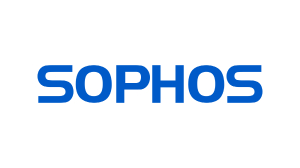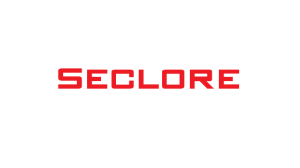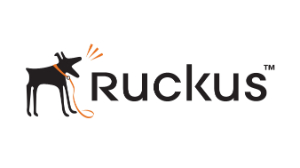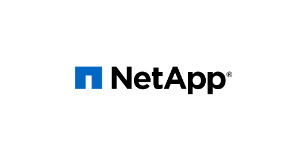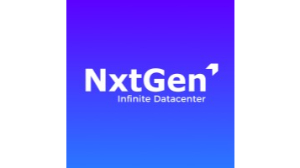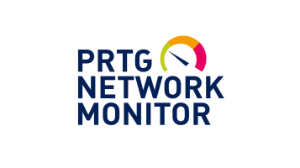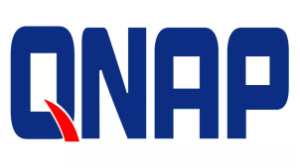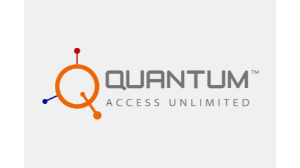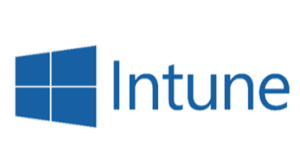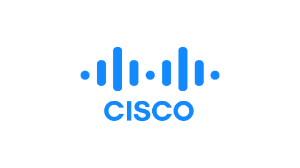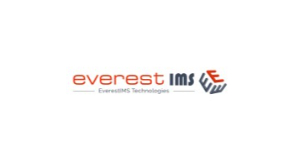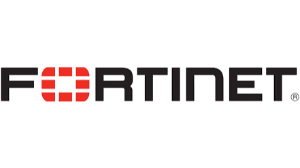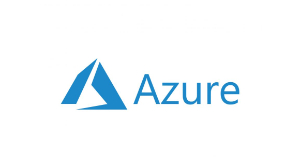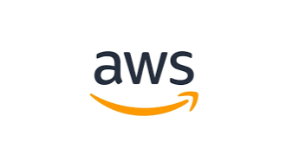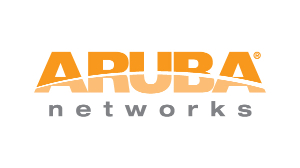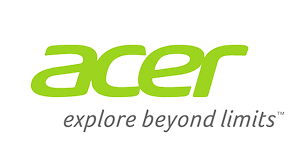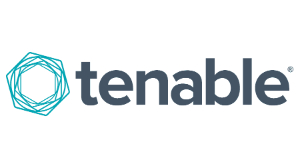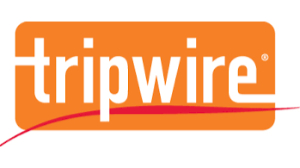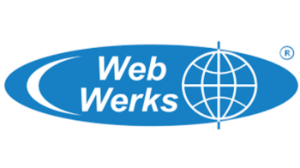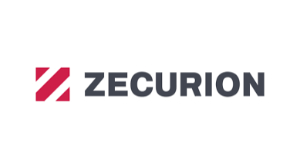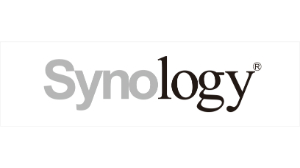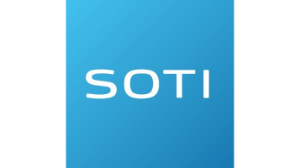
Quick Enquiry
Digital compliance management refers to the practices, technologies, and strategies employed by organizations to ensure their operations and data management align with relevant regulations, standards, industry guidelines, and internal policies. In an increasingly regulated and data-driven world, maintaining compliance is crucial to avoid legal liabilities, reputational damage, and data breaches. Here’s an overview of digital compliance management:
Key Components of Digital Compliance Management:
- Regulatory Compliance:
- Organizations need to understand and adhere to relevant laws and regulations that govern their industry and geographical location. Examples include GDPR (General Data Protection Regulation), HIPAA (Health Insurance Portability and Accountability Act), PCI DSS (Payment Card Industry Data Security Standard), and more.
- Industry Standards:
- Many industries have specific standards that organizations must follow to ensure the security and integrity of their operations. Compliance with these standards helps build trust with customers and partners. Examples include ISO 27001 (Information Security Management System) and NIST SP 800-53 (Security and Privacy Controls for Federal Information Systems and Organizations).If you are in the market for superclone Replica Rolex , Super Clone Rolex is the place to go! The largest collection of fake Rolex watches online!
- Data Privacy:
- Organizations need to handle personal and sensitive data appropriately, including obtaining consent, ensuring data accuracy, and enabling data subjects’ rights.
- Internal Policies:
- Organizations often create their own policies to govern how data is handled, systems are accessed, and employees conduct themselves. Adhering to these policies is crucial for maintaining internal governance.
- Risk Assessment:
- Organizations should conduct regular risk assessments to identify potential compliance gaps, vulnerabilities, and threats. This informs proactive measures to address issues.
- Documentation and Reporting:
- Keeping records of compliance efforts, actions taken, and audit trails is essential for demonstrating due diligence in case of audits or investigations.
- Training and Awareness:
- Employees need to be educated about compliance requirements, their role in maintaining compliance, and the potential consequences of non-compliance.
- Incident Response:
- Establish procedures for responding to compliance breaches, data breaches, and security incidents. This helps mitigate the impact and prevent future occurrences.
- Continuous Monitoring and Auditing:
- Regular monitoring of systems, processes, and data helps identify deviations from compliance standards. Internal and external audits provide independent assessments.
Technology for Digital Compliance Management:
- GRC (Governance, Risk, and Compliance) Software:
- GRC solutions centralize compliance management, risk assessment, and reporting. They provide a holistic view of compliance efforts and streamline documentation.
- Automated Workflows:
- Workflow automation ensures that compliance tasks, approvals, and reviews are carried out consistently and efficiently.
- Data Protection Tools:
- Tools for data discovery, classification, encryption, and access control help organizations protect sensitive information and comply with privacy regulations.
- Security Information and Event Management (SIEM):
- SIEM solutions monitor and analyze security events to detect anomalies and potential compliance breaches.
- Document Management Systems:
- Document management platforms help store, organize, and manage compliance-related documents, policies, and procedures.
- Auditing and Reporting Tools:
- Tools that generate compliance reports and provide insights into the organization’s compliance status.
Challenges:
- Complexity: Staying compliant with multiple regulations and standards can be complex, especially for global organizations.
- Changing Regulations: Regulations and standards are dynamic and may change over time, requiring ongoing adaptation.
- Global Operations: Organizations operating in multiple jurisdictions need to navigate varying regulatory landscapes.
- Balancing Security and Compliance: Striking a balance between maintaining security and adhering to compliance requirements can be challenging.
Benefits:
- Legal Protection: Compliance reduces the risk of legal actions, penalties, and reputational damage resulting from non-compliance.
- Trust and Reputation: Demonstrating compliance builds trust with customers, partners, and stakeholders.
- Data Security: Compliance efforts often align with data security best practices, leading to better protection against breaches.
- Operational Efficiency: Compliance processes can streamline operations and improve internal governance.
Digital compliance management is an ongoing effort that requires commitment, collaboration across departments, and a proactive approach to understanding and meeting regulatory requirements. Effective compliance management not only reduces risks but also enhances an organization’s overall resilience and reputation in the digital landscape.
Our Proud Partners
